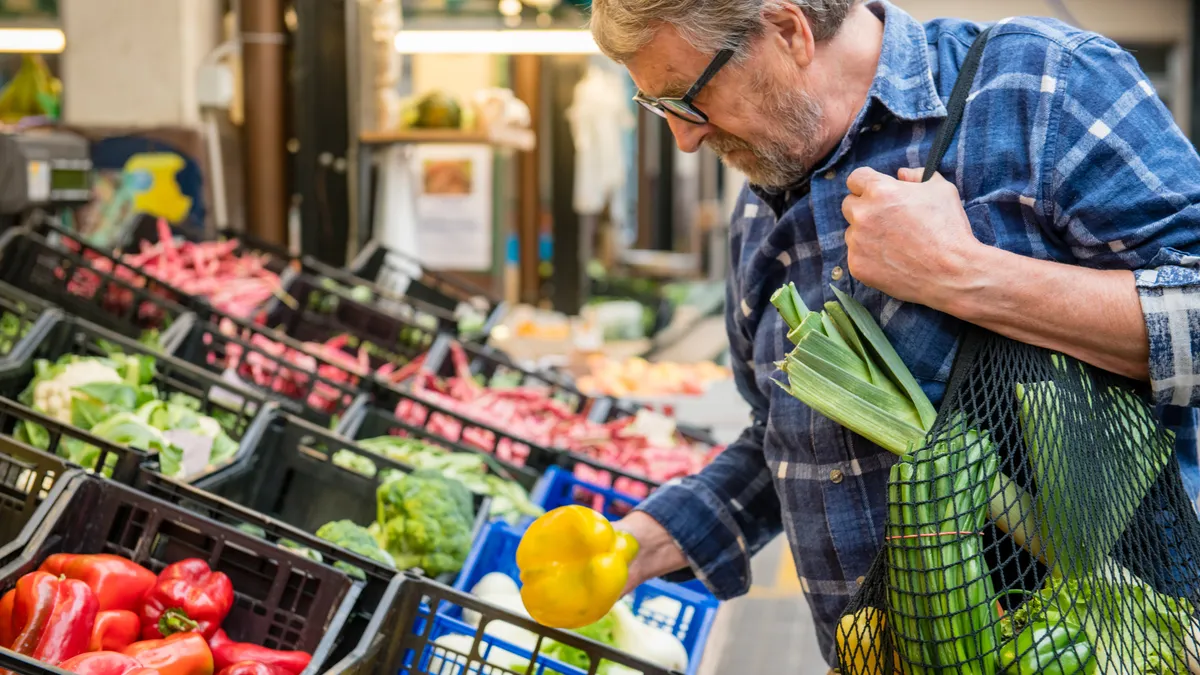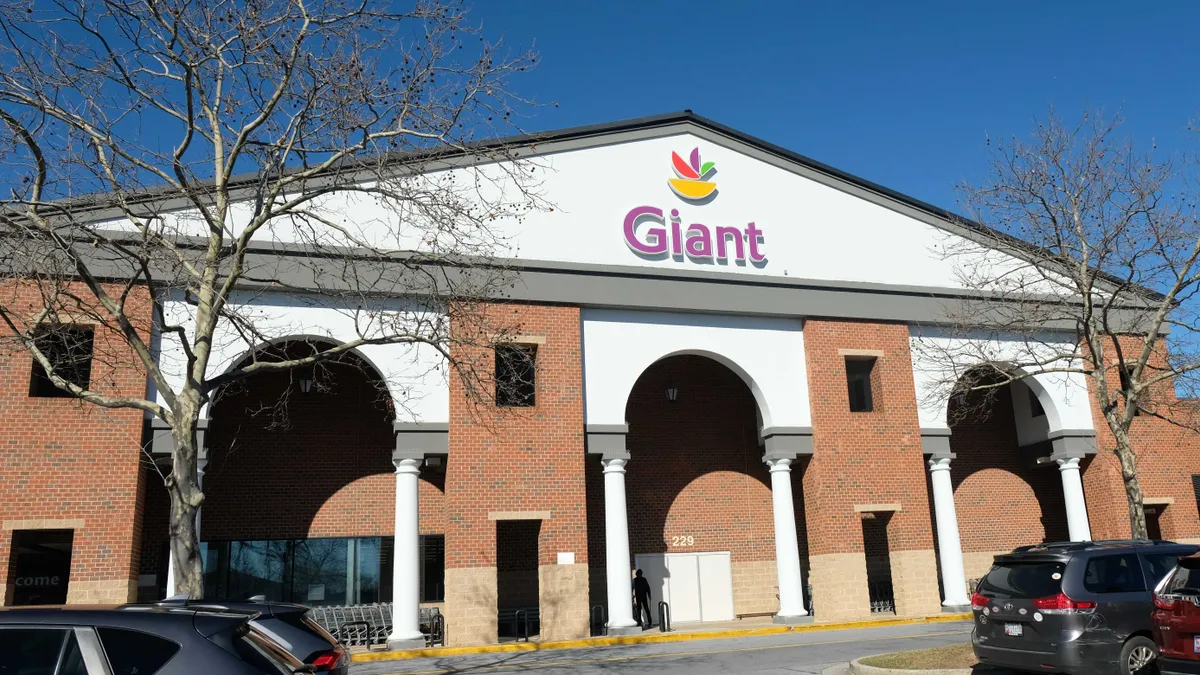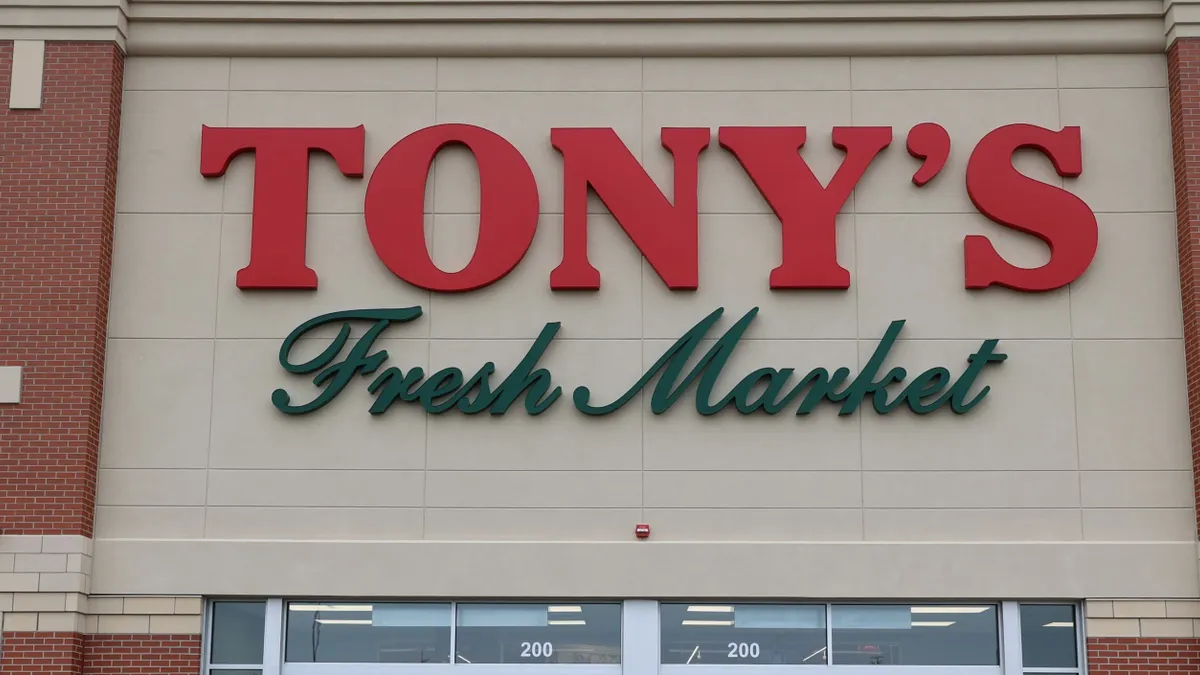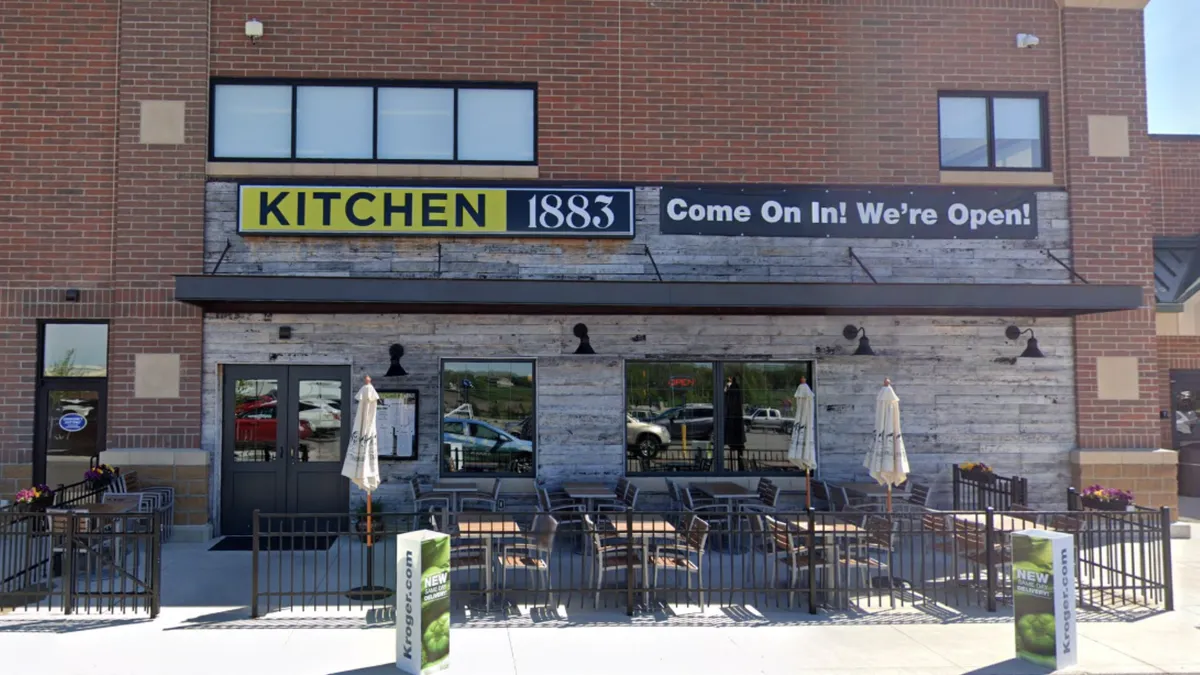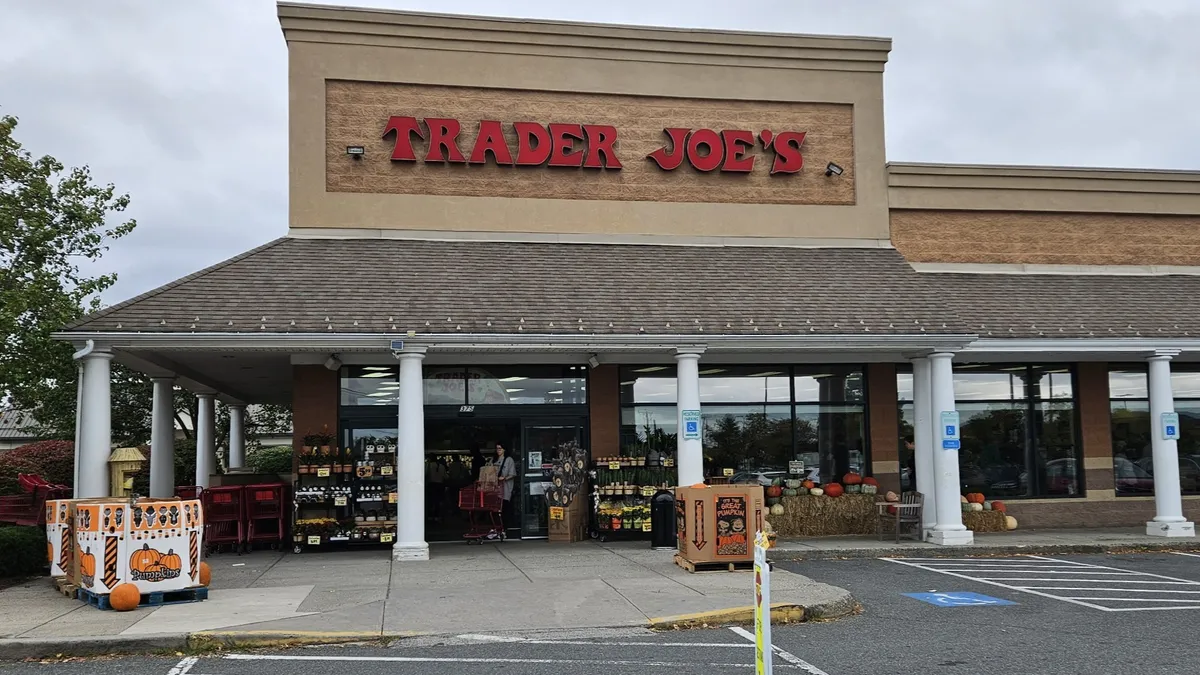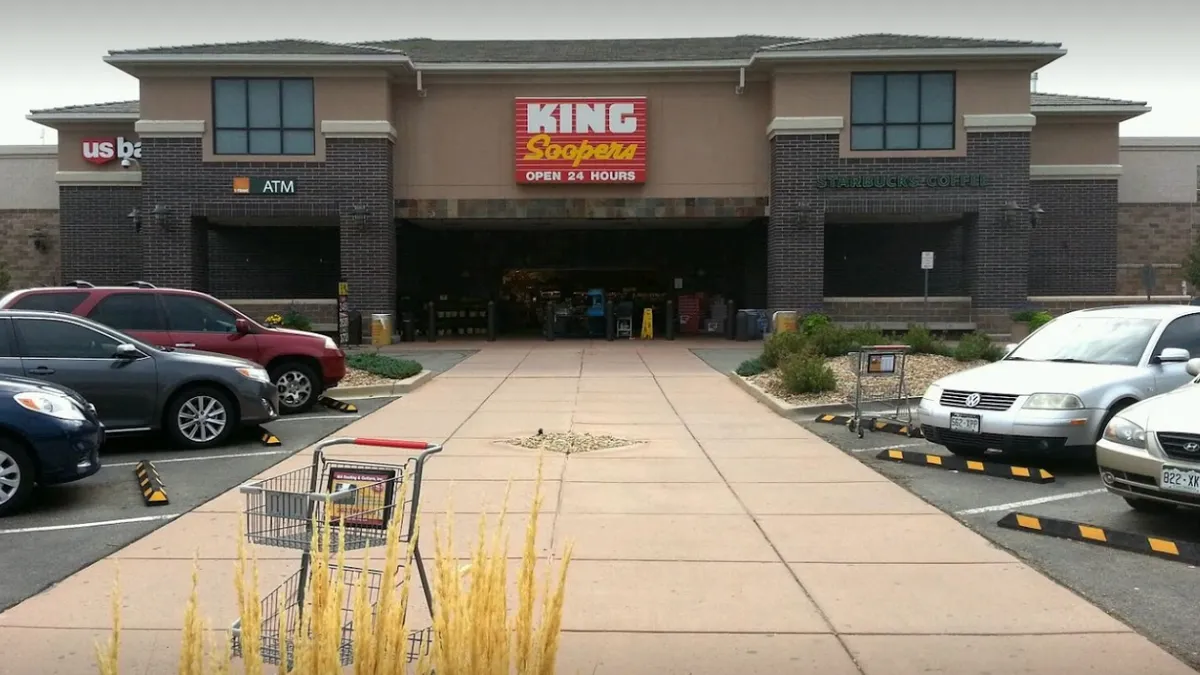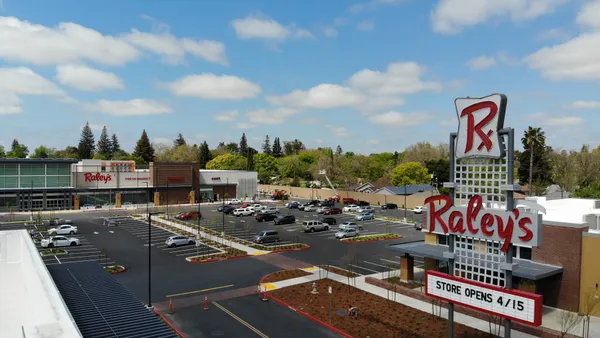The Friday Checkout is a weekly column providing more insight on the news, rounding up the announcements you may have missed and sharing what’s to come.
After pressing ahead relentlessly for more than a year, could grocery prices finally have topped out?
The latest round of data from the U.S. Bureau of Labor Statistics (BLS), released Thursday, certainly seems to suggest that food-at-home inflation may have turned the corner and could now be poised to stabilize, or even head into a downward trend, as 2022 heads into its final weeks.
If that happens, it could eventually bring on a new set of challenges for grocers, which have drawn attention to their efforts to keep prices affordable for inflation-battered shoppers even as higher prices have boosted their revenue and provided other financial benefits.
Grocers benefit from a modest amount of inflation, as Kroger Chairman and CEO Rodney McMullen noted in response to a question during a company earnings call in June 2021. “[A] little bit of inflation is always good in our business, and we would expect to be able to pass that through as well on things that are permanent in nature,” McMullen said, adding that inflation in the range of 3% to 4% can help grocers leverage costs and doesn’t cause shoppers to “overly react.”
While food-at-home inflation and the overall inflation rate both remain sharply above healthy levels, the likelihood that grocery prices would eventually reverse course represents a downside risk for investors as they look ahead, Arun Sundaram, an analyst with CFRA Research, said in an interview in September, when the BLS announced that grocery inflation had reached a 43-year-high of 13.5% the month before.
“Food retailers are operating in probably one of the best operating environments for them in modern history,” Sundaram said. “We think that the best times are probably behind [for them], and that things are going to get much more challenging down the road, especially as food inflation moderates, food-at-home demand moderates and competition continues to increase.”
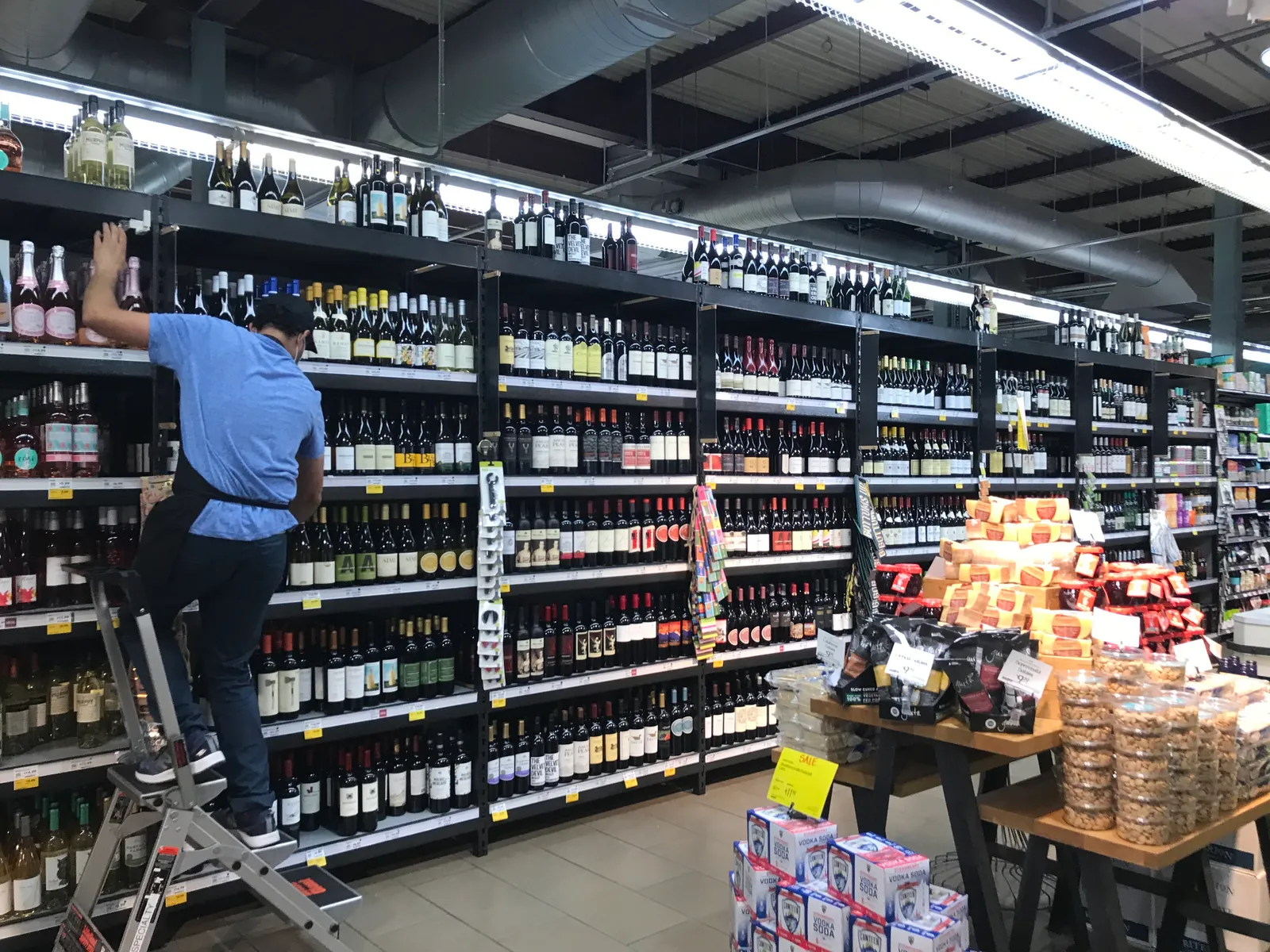
In case you missed it
Battle over booze continues
As grocery stores look to tap into customer demand for alcohol, some are in states where selling wine, beer or liquor outside liquor stores is a hotly debated issue.
Colorado is one such state where grocers have been fighting with liquor stores over changing the law to give grocers more alcohol sales. The “vast majority” of grocery stores in the state are only allowed to sell beer, according to Colorado Public Radio.
Earlier this week, voters in Colorado were split on a ballot initiative that would allow grocery and convenience stores to sell wine, with The Associated Press deeming the race too close to call. Voters in the state did strike down two other boozy initiatives — one that would have allowed third-party delivery of alcohol and another that would have raised the number of retail liquor licenses an individual may have, with 52.3% and 62.4%, respectively, voting in opposition, according to the outlet.
The fight over expanding alcohol sales for grocers in Colorado came on the heels of the holiday season gearing up, marking a time of year when retailers typically spotlight their libations for customers planning festivities. Albertsons, for example, announced this week a premium, private label wine offering, called Vinaforé Collection, which includes five varietals.
Schnucks expanding roster of alternative formats
Schnuck Markets announced earlier this week it’s opening its second EatWell store — the natural food store format the grocer developed in 2020 and debuted in Columbia, Missouri. The new EatWell store is expected to open in Chesterfield, Missouri, next spring. At 30,000 square feet, the upcoming store is smaller than the first, 42,000-square-foot one.
Schnucks is continuing its push into alternative formats. This summer, the grocer opened its first Schnucks Express as a small store attached to an Eatwell in Columbia. The “Express” store carries more traditional grocery items to complement Eatwell’s specialty assortment, the grocer noted.
Last summer, Schnucks debuted a new format focused on fresh foods, opening an 18,000-square-foot Schnucks Fresh in Jasper, Indiana. The Midwestern chain’s experimentation comes at a time when other supermarkets, such as Fareway and Meijer, are testing different store sizes and focal points.
Whole Foods continues adopting Amazon tech
Whole Foods Market is continuing its adoption of parent company Amazon’s technology. In the latest development, Whole Foods stores in the Dallas-Fort Worth area are adding Amazon’s palm-reading technology, called Amazon One, according to a local NBC site.
The technology is now available at the chain’s stores in Irving and Highland Village, with the hand-waving tool rolling out to all of the more than a dozen stores in the area in the coming weeks, Amazon told the outlet. Whole Foods first welcomed Amazon One at a Seattle store in 2020 — the same year Amazon launched the palm-reading tool, and has since added the capability to dozens of additional stores across the country.
Earlier this year, Amazon’s Just Walk Out cashierless technology made its debut within Whole Foods at a store in Washington, D.C. And an announcement earlier this summer noted the grocer will start using Amazon’s Dash Cart for the first time at a store in Westford, Connecticut, with an unspecified number of Whole Foods stores set to add the smart cart solution in the coming months.
It appears the expansion of Amazon’s technology in Whole Foods isn’t slowing down under the grocer’s new CEO, Jason Buechel, who took over the top role in September, filling the position vacated by John Mackey’s retirement. Some industry analysts have said they expect Buechel to embrace Amazon synching up its digital innovations with the specialty grocer.
Number of the week: 15.4%
This is the growth percentage of Grocery Outlet’s comparable-store sales over the past year, per the company’s Q3 earnings announcement on Wednesday. This marks the grocer catching up to the 16.7% comp sales growth it recorded for its Q2 ending in June 2020 — a time when the pandemic had prompted changes to shopping behaviors, such as fueling stockpiling.
Inflation has been helping to boost comp-store sales for discount grocers as consumers hunt for more affordable prices.
What’s ahead
Walmart Q3 earnings
Walmart is set to release its Q3 earnings results next Tuesday. Last quarter, the wholesaler saw U.S. comp sales increase by 6.5% with grocery sales, in particular, reaching into the high-teens on a two-year stack. Larger retailers like Walmart continue to struggle more than discount grocers with supply chain shortages and inflation. And while many shoppers have been drawn to Walmart during such high inflation because of its discount prices, the decision by many people to pull back on food spending overall has hit the retailer in negative ways as well.


